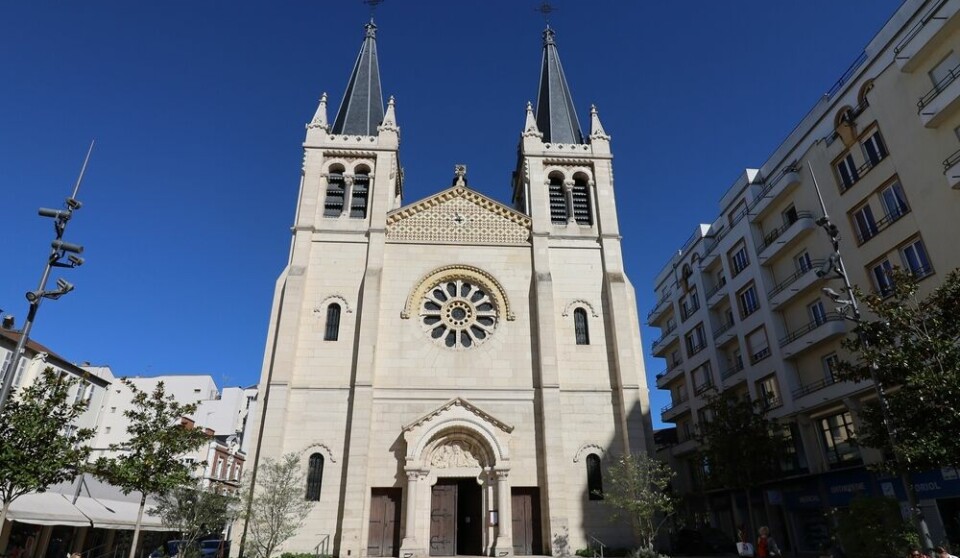-
Picnic in Paris? Chance to join huge meal on Champs-Elysees
The event could even be record-breaking. You can now apply for your chance to take part
-
Blades of Paris Moulin Rouge cabaret club mysteriously fall off
It was not a windy night and the blades are checked regularly, say managers
-
A13 French motorway near Paris closed until at least May 1
Further tests must be carried out before repairs can begin. Traffic jams reached 400km long around Paris on Monday
More people in the big cities but fewer in Paris
France's population remained fairly stable in the five years between 2011 and 2016, according to newly-released census results from the state statistics body Insee.

The national population, including overseas territories, reached 66,362,000 in 2016 – a growth rate of 0.4% a year on the previous census in 2011. While most of the large urban areas recorded increases (with Occitanie and Auvergne-Rhône-Alpes seeing the largest rises among France’s regions), Paris bucked the trend with a decline.
The capital has 2,190,327 inhabitants but saw its population fall by an average of 0.5% – or 11,900 inhabitants – a year between 2011 and 2016. In the five years up to 2011, its population had risen by an average of 13,700 a year.
In total, 24 departments saw population declines in the period.
This comes as Insee also released its latest figures on net migration in mainland France, showing that it decreased in 2015 – meaning more people left the country than came to live here in that year.
The population figures show:
- The Ile de France had 12,117,132 inhabitants, an increase of 0.4% on 2011, making up 18% of France’s total population;
- Montpellier was the city whose population rose the most. A 1.7% increase in inhabitants saw the Hérault capital reach 286,098 residents
- Bordeaux saw the second-largest population increase – its 256,045 population represents a 1.5% rise on 2011;
- Nantes (314,611 residents) and Toulouse (482,738) both recorded population increases of 1.4%, while Rennes (222,104) saw a rise of 1.2%;
- After the Ile de France, the most populous region is Auvergne-Rhône-Alpes, with 7,916,889 inhabitants;
- Hauts-de-France is third, with 6,006,870, followed by Nouvelle-Aquitaine (5,935,603 – an increase of 160,000 residents on 2011 figures);
- Occitanie recorded the biggest increases, with 5,808,435 people, as of January 1, 2016 – an increase of 47,000 residents a year since 2011;
- The populations of Brittany (3,306,529), Normandy (3,335,929) and Provence-Alpes-Côte d’Azur (5,021,928), regions popular with Britons moving to France, all remained stable over the five years.























